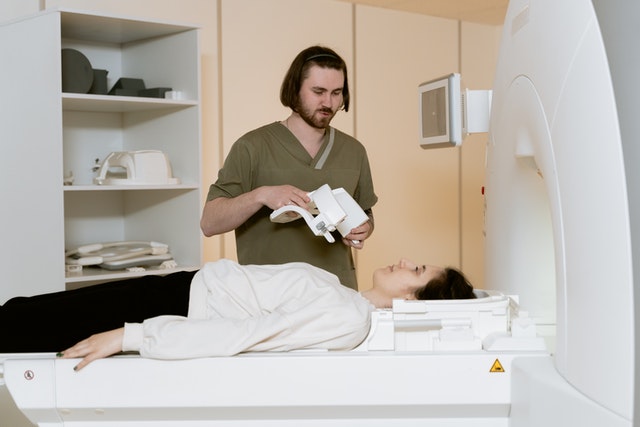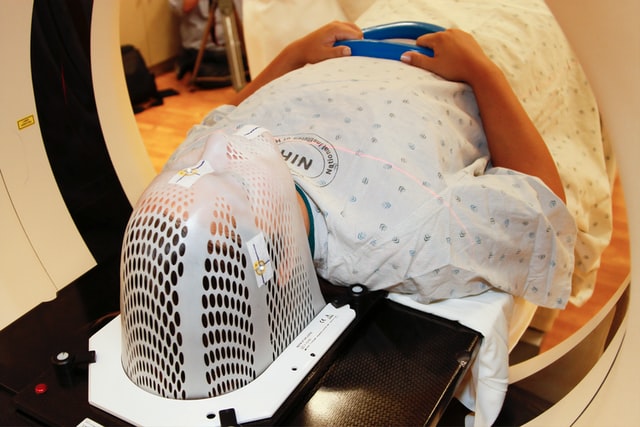Since the 19th century, radiology and imaging have been making breakthroughs in clinical practice, allowing for safer and more effective treatment for millions of patients. Recent breakthroughs have made the field of radiology more dependable, cost-effective, and practical.
In the healthcare realm, radiology has become the standard for modern equipment used for preventive care, surgical treatment, diagnostics, and more. Here are some ways radiology and imaging have expanded healthcare technology:
Imaging Tests Replace Invasive Surgery
Imaging tests have gone a long way to replace exploratory diagnostic testing and unnecessary invasive surgeries. Before radiology and imaging tests, medical professionals may have had a more challenging time identifying fractures, broken bones, infections, cancers, tumors, strokes, MS, epilepsy, etc.
Imaging tests help doctors, nurses, surgeons, dentists, and more visualize what’s happening inside your body using imaging scans like X-rays, MR scans, CT scans, ultrasounds, etc., without performing invasive surgery. Seeing what’s happening inside your body is an incredible superpower, which is how imaging tests have helped save millions of lives.
If you have to undergo surgical or dental procedures, imaging tests can help guide medical professionals for accurate results.
Scan for Cancer with PET/CT
PET scans combined with CT scanning allow medical professionals to look at your biological functions, metabolic changes associated with cancer, and changes to your organs. While radiation exposure is related to this process, radiology technology is working to reduce that.
Currently, healthcare providers work on limiting exposure using specific medications, lead aprons, and more. The payoff is detecting cancer much earlier than with traditional imaging and scans. Not only can these scans look for cancer, but they can also even monitor your chemotherapy treatment.
Breast Cancer Screening with Digital Mammography
Digital mammography is a highly effective screening method for breast cancer, especially compared to traditional methods. Digital mammograms have proven to be more accurate, effective, reliable, and easier to share with other medical providers.
CT Angiography Blood Vessel Imaging
Until recently, angiography was performed by inserting a catheter into an artery to inject a substance visible in an X-ray. This allows medical professionals to look for internal bleeding, blockages, and other health problems. This process can take a long time, require sedatives, and have a slight chance of bleeding or blood clots. High-tech CT angiography scans provide the same information without being invasive. Plus, the new process takes less than 30 minutes.
As radiology and imaging technology keeps experiencing breakthroughs, the impact on healthcare practice is definite. We can look forward to quicker, minimally-invasive diagnostic exams, more precise and more accurate images, and the ability to share scans instantly between providers.
For patients and providers both, this represents quick visits and satisfying results. Recent breakthroughs in radiology and imaging mean the process is safer, faster, and more cost-effective.
Teleradiology
Teleradiology itself has been an amazing advancement in the medical field, allowing radiologists from anywhere in the world, the ability to receive and interpret scans. The US Board Certified Radiologists at Vesta are able to work with any healthcare provider to provide premlin and final interpretations, and we work nights, holidays and weekends to support your staff and operations. Contact us to learn more.

